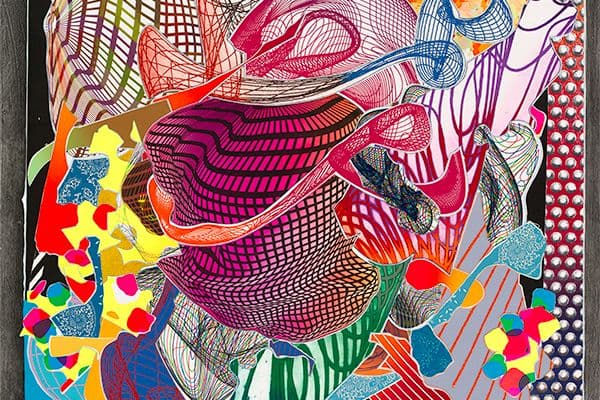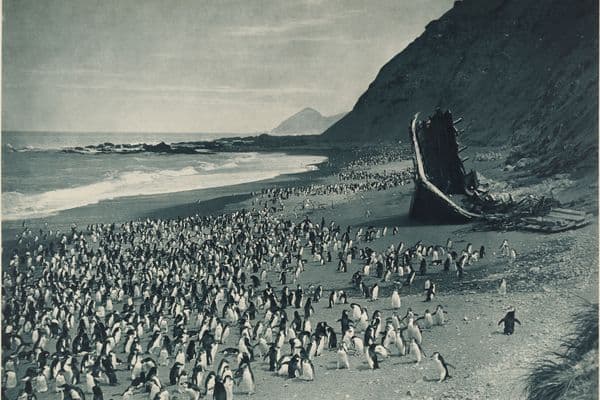Myth and memory in recent American landscape photography
12 Jan 2015 – 13 Jul 2015

Mark Klett, Longest day, last light of the solstice, Carefree, Arizona, 6/21/84, 1984, National Gallery of Australia, Kamberri/Canberra, Purchased 1986
About
The Wild West and the United States’ great wilderness areas have always had an important place the imaginative life of the American people. The country was built on the idea that as it moved further westward, the more different it would become to Europe and what had come before. Photography has played a central role in the evolution of the American wilderness in the popular imagination, since so much of the process of westward expansion and the occupation of the continent were photographed. During the nineteenth century, photographers worked, often in difficult conditions, to produce landscape views that supported westward expansion – describing what the west looked like, what opportunities for development existed there, and in turn documenting the processes of development and settlement. Views were also made for the ever-growing stream of visitors who came west for the health-giving and nation-building benefits its wilderness made available.
Throughout the twentieth century, in the face of increased urbanisation, photographers continued to make pictures drawing upon the myths of the great West. For example, Ansel Adams envisaged a natural world that remained majestic and heroic; Eliot Porter produced jewel-like colour studies that immersed viewers intimately with a landscape seemingly untouched by human hand.
From the 1960s a shift toward privileging personal, subjective ways of seeing the world, in photography as elsewhere, inspired a new generation to take an altogether different approach. These photographers sought to recognise that they no longer worked in the virgin wildernesses but in the modern world of tourism, big business, industry and urban sprawl. This generation included often banal references to habitation and to the spoliation of the landscape, exploring what they saw as the collisions and tensions between humans and the ‘natural’ environment. For the most part art school trained, they often assumed critical relationships to the ways that earlier photographers portrayed the wilderness, questioning the prevailing romantic and pictorial approaches embodied in their images. The work of photographers included in this exhibition also demonstrates a keen awareness of the debates on the nature of representation associated with the emergence of Conceptual Art in the late twentieth century.











